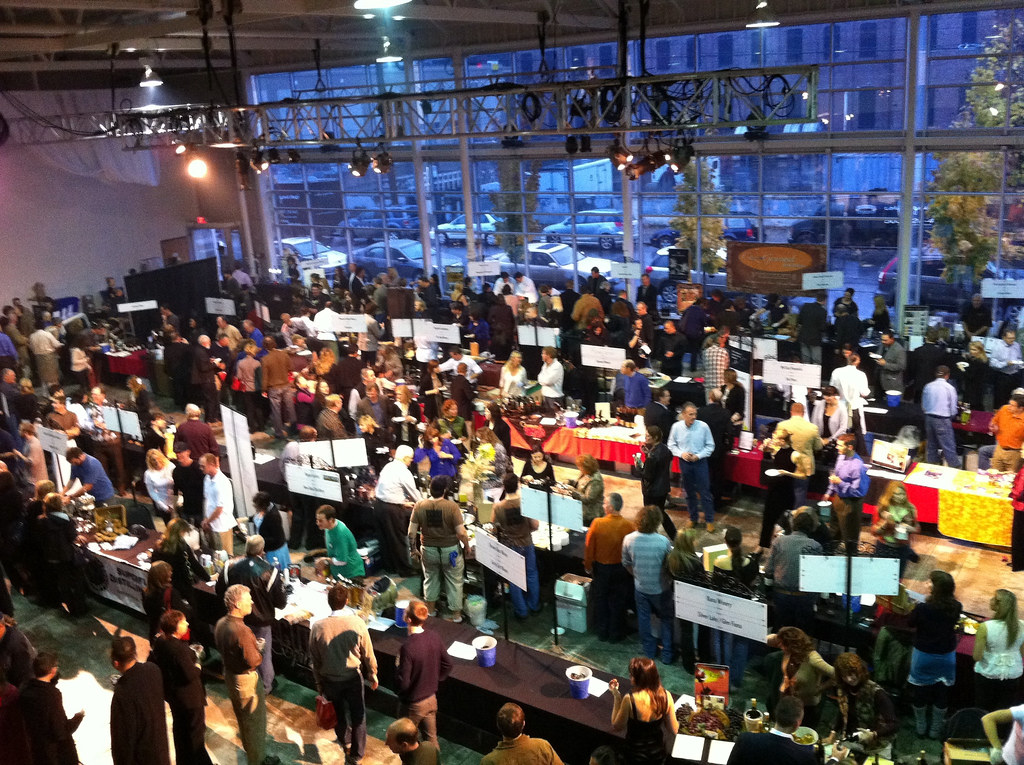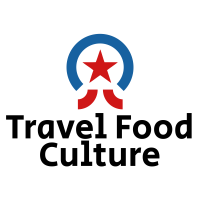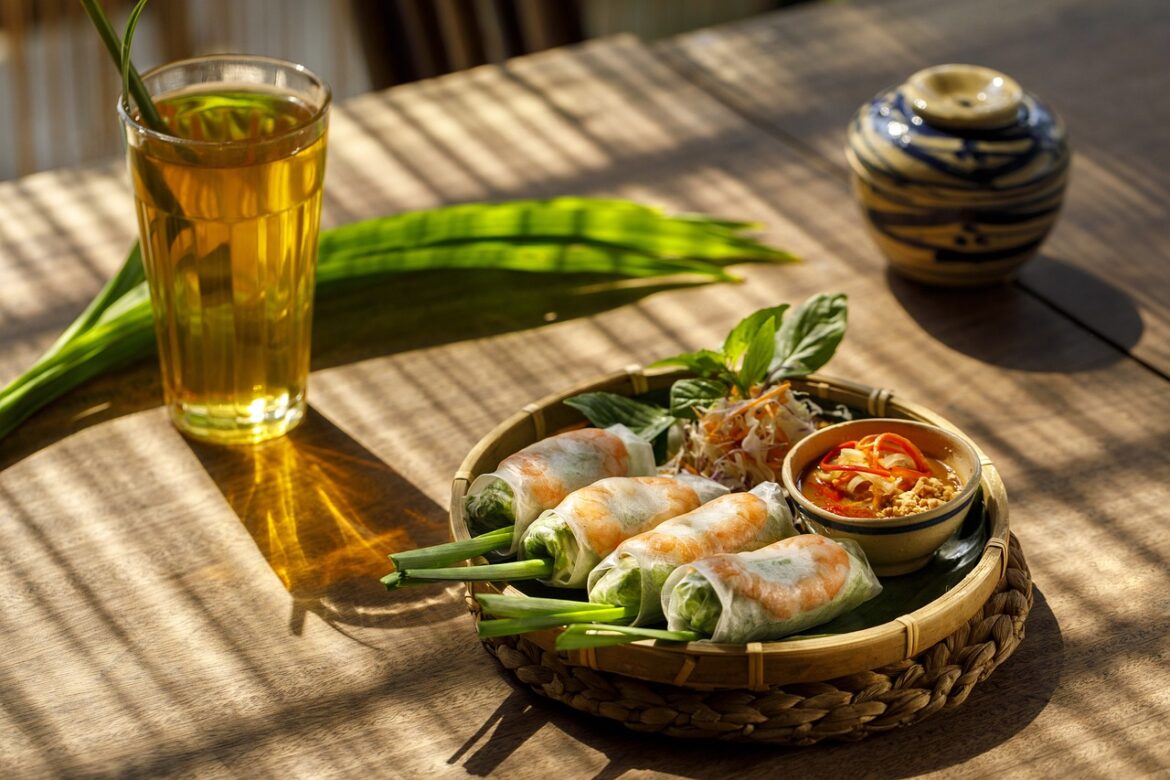In today’s interconnected world, food has evolved beyond its fundamental role of providing nourishment and has become a powerful medium for cultural exchange and global unity. The rise of travel and food culture is perhaps one of the most compelling aspects of modern globalization, where individuals seek authentic and diverse culinary experiences as a core part of their journey. From vibrant street food stalls in bustling cities to the elegance of haute cuisine in Michelin-starred restaurants, travel food culture is knitting together a global community where traditions, flavors, and experiences transcend borders. This shared passion for food creates bridges between cultures, facilitating understanding and collaboration in ways that language often cannot.
The widespread accessibility of travel, along with the proliferation of social media and food-related content, has intensified the global fascination with diverse cuisines. Whether it is sampling a hot bowl of ramen on the streets of Tokyo, savoring spicy tacos in a Mexican market, or indulging in the delicate artistry of French pastries, food has become a key driver for tourism. More than just a culinary pursuit, this phenomenon has established a sense of connection among people of different backgrounds, creating a space where local customs, historical narratives, and personal stories come alive through taste. The deepening relationship between travel and food is not only reshaping how we experience the world but also fostering a global community bound by a collective appreciation for culinary diversity.
Street Food: The Heartbeat of Local Culture
At the core of travel food culture lies street food, which has long been a symbol of local identity and everyday life. Unlike more formal dining experiences, street food offers travelers the chance to engage with a city’s pulse, experiencing its most authentic flavors and cultural practices in real time. Street food vendors, often family-run operations passed down through generations, serve up dishes that have become emblematic of a particular region’s identity. From the bustling hawker centers of Singapore to the sprawling markets of Marrakech, street food represents a tangible connection to a city’s history, traditions, and spirit.
Street food is more than just a convenient meal—it is an expression of cultural heritage. Each dish tells a story of the land, its people, and the unique ingredients that have shaped its culinary evolution. For example, a simple banh mi sandwich in Vietnam reflects the fusion of French and Vietnamese cultures, with its crispy baguette exterior and traditional fillings like pickled vegetables and pate. In Thailand, a plate of pad Thai offers insight into the complex interplay of sweet, sour, salty, and spicy flavors that define the nation’s cuisine, while also reflecting its history of trade and migration. Street food gives travelers an entry point into the lives of locals, often sparking conversations, interactions, and exchanges that go beyond the food itself.
The accessibility of street food also plays a significant role in fostering inclusivity within the global travel community. Street food is often affordable, making it accessible to travelers from all walks of life. Whether you are a backpacker on a budget or a seasoned traveler seeking local authenticity, street food breaks down economic barriers and provides a shared space where locals and tourists can come together over a common love for food. The informal nature of street food culture promotes social interaction, allowing for the blending of cultures in a way that is natural and organic. In this way, street food acts as an essential building block in creating a global food community.
Haute Cuisine: The Pinnacle of Culinary Artistry
While street food offers a glimpse into the daily lives of locals, haute cuisine represents the peak of culinary innovation, refinement, and artistry. This form of cuisine is often associated with fine dining, where chefs are celebrated as artists who craft complex dishes designed to engage all the senses. The world of haute cuisine is characterized by meticulous attention to detail, a focus on premium ingredients, and a deep respect for culinary traditions and techniques. However, in recent years, haute cuisine has also begun to embrace global influences, incorporating elements from street food, regional cuisines, and international flavors to create dishes that reflect the evolving nature of food culture.
Haute cuisine not only serves as a platform for chefs to showcase their culinary skills but also offers travelers an opportunity to explore the intersection of tradition and innovation in the culinary world. For example, in cities like Paris, New York, and Tokyo, Michelin-starred restaurants often take inspiration from street food or regional dishes, reinterpreting them in creative ways that elevate these humble origins into extraordinary experiences. This fusion of high and low culinary traditions has not only broken down the elitism often associated with haute cuisine but has also created a more inclusive space where different food cultures can coexist and inspire one another.
Moreover, haute cuisine has played a pivotal role in promoting the sustainability and preservation of local food traditions. Chefs at the forefront of haute cuisine are increasingly championing the use of local, seasonal ingredients and supporting small-scale farmers and producers. This focus on sustainability has encouraged a global movement that values the preservation of food cultures and biodiversity. In many cases, haute cuisine restaurants are collaborating with local communities to revive ancient cooking methods and ingredients that might otherwise be lost in the face of industrialization and globalization. By doing so, haute cuisine is not only contributing to the conservation of cultural heritage but also promoting a sense of responsibility within the global food community.

The Role of Social Media in Shaping Global Food Culture
The rise of social media has been instrumental in shaping the global food culture, acting as a virtual platform where people can share, discover, and celebrate food from all corners of the world. Platforms like Instagram, YouTube, and TikTok have turned food into a cultural phenomenon, allowing individuals to document their culinary experiences and share them with a global audience. Food bloggers, influencers, and chefs now have the ability to reach millions of people, creating a digital space where food transcends geographical and cultural boundaries. As a result, travelers are often inspired by what they see online, seeking out specific dishes, restaurants, and markets based on recommendations from social media.
The impact of social media on travel food culture cannot be understated. It has democratized the way people experience food, giving rise to a generation of food enthusiasts who are eager to explore new flavors and share their discoveries with the world. For example, a viral Instagram post showcasing a street food vendor in Thailand or a time-lapse video of a chef preparing a dish in a fine dining restaurant can spark a global interest in that particular cuisine. Social media platforms have also enabled food cultures from underrepresented regions to gain international recognition, highlighting the diversity and richness of global culinary traditions.
Additionally, social media has created a sense of community among food lovers, fostering connections between individuals who share a passion for culinary exploration. Online food communities, where people discuss recipes, share travel tips, and exchange recommendations, have become vital in bridging cultural gaps. Through these digital interactions, individuals from different backgrounds are able to learn from one another, celebrate their differences, and find common ground through their shared love of food. In this way, social media is not only shaping global food culture but also building a global community centered around food.
How Food Festivals and Events Unite Global Travelers
Food festivals and culinary events are perhaps one of the most tangible examples of how food can unite people from all over the world. These events serve as a celebration of local cuisines while also providing a platform for cultural exchange, innovation, and collaboration. Food festivals, whether focused on street food or haute cuisine, attract travelers who are eager to immerse themselves in the culinary traditions of a particular region. From the truffle festivals of Italy to the seafood feasts of Maine, these events bring together chefs, producers, and food enthusiasts in a shared appreciation for food.
Food festivals also play a critical role in promoting local food cultures and supporting small-scale producers. By showcasing the unique ingredients, cooking techniques, and culinary traditions of a region, these events help preserve cultural heritage while encouraging sustainable practices. Additionally, food festivals often provide a space for innovation, where chefs and producers can experiment with new flavors, techniques, and presentations, pushing the boundaries of traditional cuisine. This fusion of creativity and tradition is a hallmark of the global food community, where ideas and influences are constantly exchanged and reimagined.
Moreover, food festivals foster a sense of camaraderie among attendees, breaking down social, cultural, and linguistic barriers through the universal language of food. These events provide a space where people from different walks of life can come together to share a meal, exchange stories, and build relationships. Whether it’s a bustling street food market or a formal culinary competition, food festivals create a sense of belonging, where individuals can connect with one another over a shared love of food. In this way, food festivals and events are not only promoting culinary tourism but also contributing to the creation of a global community.
Conclusion: The Global Impact of Travel Food Culture
From the vibrant streets of Bangkok to the refined dining rooms of Paris, travel food culture is uniting people across the globe, creating a sense of community that transcends borders, languages, and traditions. The rise of food tourism, combined with the widespread influence of social media, has made food a powerful tool for cultural exchange and global unity. Whether through the humble street food vendor or the avant-garde creations of haute cuisine, food is bringing people together, fostering understanding, and breaking down barriers.
As the global community continues to grow, travel food culture will play an increasingly important role in shaping how we connect with one another. Through shared culinary experiences, we are not only discovering new flavors but also learning about the histories, customs, and values that shape the world’s diverse cultures. In doing so, we are creating a global community bound by a collective appreciation for food and its ability to unite us all.
Learn More
- Greek Islands
- Italian Islands
- Startup Stories
- Local Food
- Global Food Videos
- Retire Early
- Do What You Love


